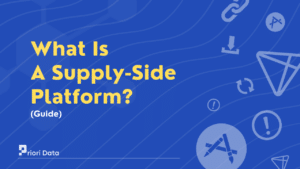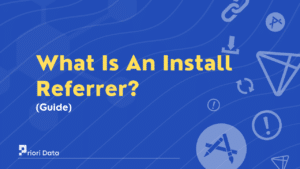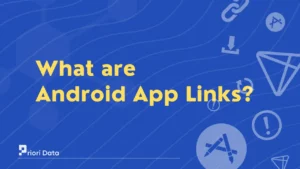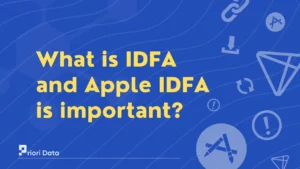An attribution window is a period that an app installs or in-app events get assigned to a campaign. By attribution window, they can track a user’s actions to a marketing campaign.
This is important as it allows us to determine the campaigns that drive conversions. It could be in the form of user actions such as installs, registrations, and purchases.
The length of the attribution window varies depending on the app and the platform they use. But, they can set their own custom attribution window length.
As attribution window length depends on their app’s requirements and marketing strategies. Attribution windows range from any length, although some platforms may offer longer windows.
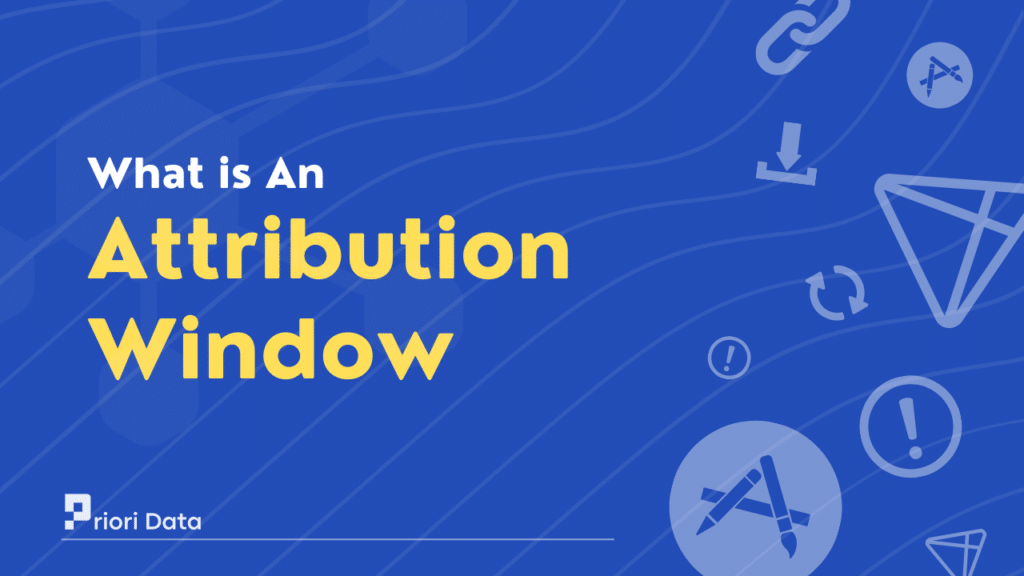
For example, let’s say you have a mobile game app and you run a Facebook ad campaign to promote it.
You can set the attribution window to 7 days. This means that if a user clicks on your Facebook ad and installs your game app within 7 days.
By clicking the ad, the installation will be attributed to your Facebook ad campaign. So, the Facebook ad campaign will receive credit for the promotion. If the user installs the app after 7 days, the Facebook ad campaign won’t receive the credit.
Why is the attribution window important?
As it is a vital tool for advertisers and publishers to measure the impact of their ad campaigns.
Sometimes there can be a delay between an ad impression and an app installation. This is why attribution windows are necessary to attribute the conversion. The conversion is to get performed with the appropriate source.
By doing so, advertisers can distinguish between organic and paid installs. Without an attribution window, they think that it is organic but is being paid. So, it results in publishers spending more money than necessary which results in a loss.
By tracking user behavior during a period, attribution providers can attribute app installs. It provides valuable insights into their campaign performance and user behavior.
For example, suppose an advertiser is running an ad campaign on social media to promote their app.
By tracking installs and in-app events during the attribution window. The advertiser can determine the ROI of their ad campaigns. So, it helps them to adjust their marketing strategies according to it.
What are the benefits of an attribution window?
One of the benefits of attribution windows is they help to identify their valuable users. Tracking the source of a user’s engagement identifies the users who drive conversions.
This can identify those users who are willing to become long-term users. They can create targeted campaigns to attract similar users and improve retention rates.
Attribution windows help to prevent organic traffic to misattribute from paid channels. Marketers may incorrectly attribute organic installs to their paid advertising efforts. This leads to wasted advertising spend for publishers.
By analyzing data from attribution windows, they can optimize their campaign strategies. This can identify the most effective targeting parameters, ad formats, and messaging. It allows focusing on channels that are driving the most installs and revenue.
Attribution windows are also useful for tracking in-app events. By tracking in-app events, can gain insights into user behavior.
Attribution windows help to improve the return on investment (ROI) of their campaigns. It allows them to focus on the strategies that deliver the best results.
What is an optimal attribution window?
There is no specific answer for a perfect optimal attribution window. As it considers the specific goals and objectives of your campaign.
For instance, if you’re running an ad campaign on social media. Some of the ads can unlikely to drive conversions several days after they’re viewed.
The optimal length should be long enough to capture the number of conversions. If the attribution window is too long, it may become more difficult to track which campaign a user came from.
Especially if they have interacted with many campaigns during that period of time. This can make it difficult to optimize campaigns for maximum ROI.
A shorter window may lead to more accurate results, but it may not capture all relevant data. If the attribution window is too short, they may miss out on valuable data about user behavior. This can be difficult to determine the campaigns that drive the most valuable users.
Moreover, attribution windows are helpful for testing different ad networks. For example, let’s say you’re promoting a fitness app to run a campaign.
So, you can compare the performance of two ad networks (C and D), where C is a well-established network and D is a new one.
If you want to test the efficacy of Network D by using a campaign based on probability matching.
You could set a shorter attribution window for them, say 3 hours. Leave Network C as the default 24 hours. This approach enables you to control the traffic attributes to Network D.
FAQs
Ques 1: What is the attribution window in Google ads?
Ans. Google Ads attribution window refers to the period during which leads to conversions. It could be as a user’s specific ad click or impression to lead conversions.
Ques 2: What is the difference between 1-day and 7-day click attribution?
Ans. The main difference is the length of time of user action performed on the campaigns. 1-day click attribution measures conversions that occur within 24 hours of a click. 7-day click attribution measures conversions that occur within 7 days of a click.
Ques 3: What is a 14-day attribution window?
Ans. A 14-day attribution window refers to the conversions made on the ad clicks, that last for 14 days.
Ques 4: What is Facebook’s attribution window?
Ans. It refers to the period during which Facebook attributes a conversion to campaigns. Facebook’s default attribution window is 28 days for website conversions and app installs.
Ques 5: What is a 30-day click attribution?
Ans. 30-day click attribution tracks app installs or in-app events that occur up to 30 days after a user clicks on an ad.



